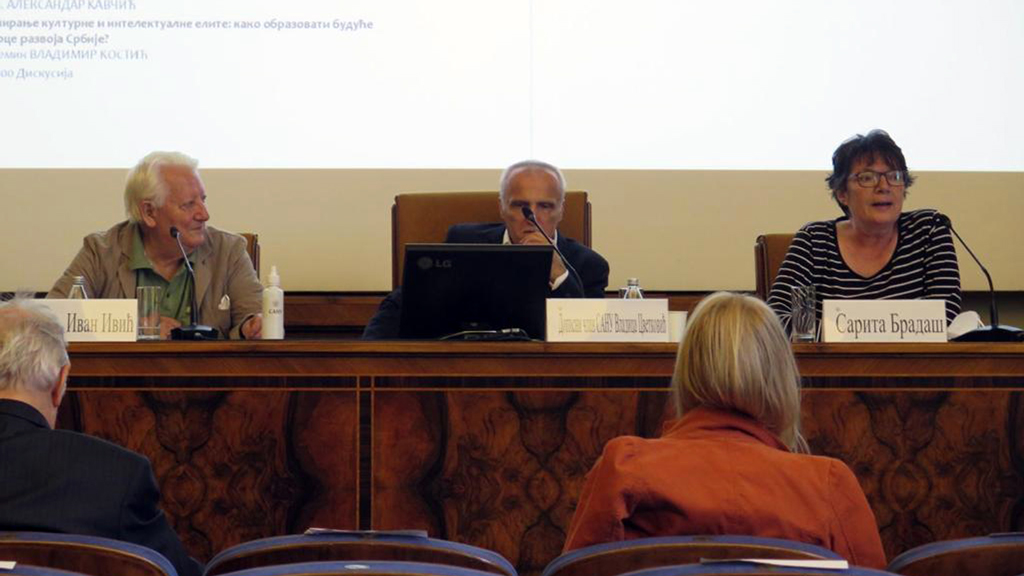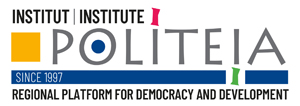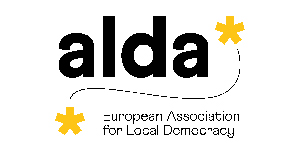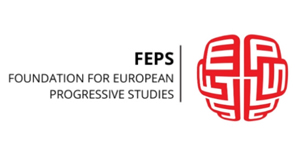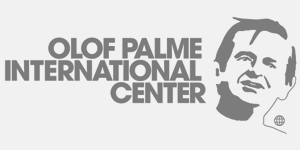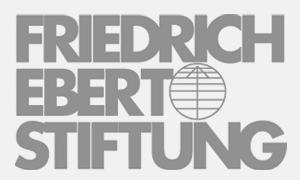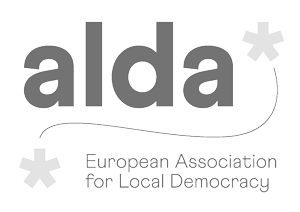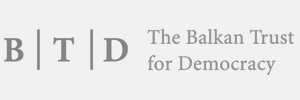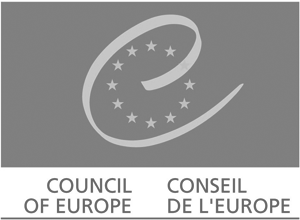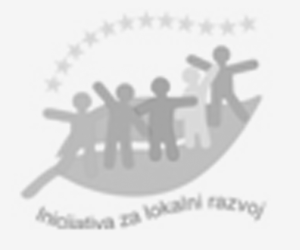Sarita Bradaš (FCD): Instead of implementing a dual principle, focus is on a dual education system
CDF Researcher at the Scientific Conference: Education: Status, Perspectives and Role in the Development of Serbia
As part of the Strategical Directions of Serbia’s Development series of the Serbian Academy of Sciences and Arts, on 17 and 18 September 2021 the Scientific Conference: Education: Status, Perspectives and Role in the Development of Serbia was held.
The main objectives of the gathering were: presenting and the analysis of key data concerning the status of education in Serbia; a critical analysis of trends in educational developments since 2012 when the Strategy for the Development of Education in the Republic of Serbia until 2020 was adopted; consideration of these findings in light of the possibility of education being Serbia’s development resource; formulating proposals for educational policy and the further development of education in the country.
One of the topics of educational policy that was discussed on the second day of the event was the Position of Dual Education in the Educational System. Center for Democracy Foundation Researcher, Sarita Bradaš, pointed out a number of shortcomings that accompanied the adoption of the Law on Dual Education in her introductory speech.
Instead of implementing a dual principle (a combination of theory and practice), focus is on a dual educational system (place of learning), with complete disregard for social and economic context. The adoption of the Law on Dual Education has not been challenged by means of any relevant analysis. There has been no analysis of the validity of the dual principle in existing secondary vocational education programmes nor have the quality of practical teaching or professional practices been analysed.
Although the main reason for passing the law is the need to adapt secondary vocational education to the needs of the labour market, no relevant research was conducted on the demand for future qualifications and competencies, nor was the interest of employers in joining the education system investigated. There was no analysis of financial sustainability or student interest in being included in the dual system.
Although huge resources have been set aside to introduce the dual system, according to media reports, approx. 6,900 students were included in dual education for the 2020/2021 school year, or just 2.8% of the total number of high school students, or 3.9% of students enrolled in secondary vocational schools.
Center for Democracy Foundation
PUBLICATIONS
 Manual for Strengthening the Capacities of Local Self-Government Units for the Employability of Waste Pickers
Manual for Strengthening the Capacities of Local Self-Government Units for the Employability of Waste Pickers
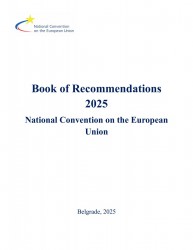 NCEU Book of Recommendations 2025
NCEU Book of Recommendations 2025
 Manual “The Path to Employment: Get to Know Your Rights and Opportunities”
Manual “The Path to Employment: Get to Know Your Rights and Opportunities”
 Challenges for Organising and Collective Bargaining in Care, Administration and Waste collection sectors in Central Eastern European Countries
Challenges for Organising and Collective Bargaining in Care, Administration and Waste collection sectors in Central Eastern European Countries
 Public Policy Proposals – Collective Bargaining (CEECAW)
Public Policy Proposals – Collective Bargaining (CEECAW)
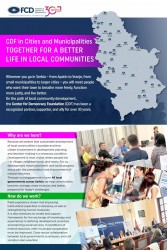 CDF in Cities and Municipalities: Together for a Better Life in Local Communities
CDF in Cities and Municipalities: Together for a Better Life in Local Communities
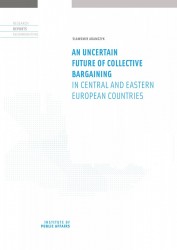 Comparative reports on collective bargaining - CEECAW
Comparative reports on collective bargaining - CEECAW
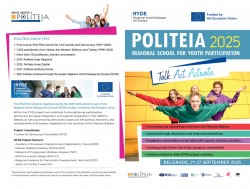 POLITEIA – Regional School for Youth Participation 2025 (leaflet)
POLITEIA – Regional School for Youth Participation 2025 (leaflet)
 Report on the State of Labour Rights in the Republic of Serbia in 2024
Report on the State of Labour Rights in the Republic of Serbia in 2024
 Unlocking Collective Bargaining Power in Three Sectors: A Call to Action
Unlocking Collective Bargaining Power in Three Sectors: A Call to Action
 Main Issues of Labor Legislation in Serbia
Main Issues of Labor Legislation in Serbia
 New Monitoring Report by the “SDGs for All” Platform: Is the End Goal in Sight?
New Monitoring Report by the “SDGs for All” Platform: Is the End Goal in Sight?
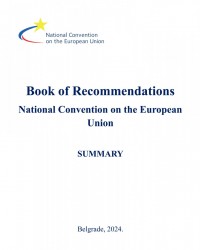 NCEU Book of Recommendations 2024 (Summary)
NCEU Book of Recommendations 2024 (Summary)
 National reports on collective bargaining in Serbia - CEECAW
National reports on collective bargaining in Serbia - CEECAW
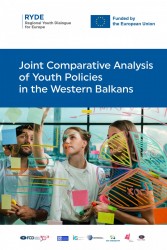 The Comparative Analysis of Youth Policies in the Western Balkans (WB)
The Comparative Analysis of Youth Policies in the Western Balkans (WB)
 Unlocking Collective Bargaining Power in Three Sectors: A Call to Action
Unlocking Collective Bargaining Power in Three Sectors: A Call to Action
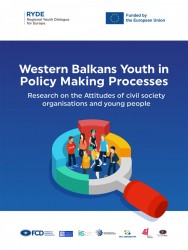 Western Balkans Youth in Policy Making Processes
Western Balkans Youth in Policy Making Processes
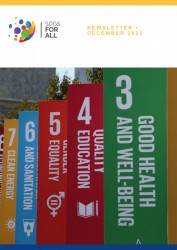 SDGs for All Platform newsletter (December 2023)
SDGs for All Platform newsletter (December 2023)


